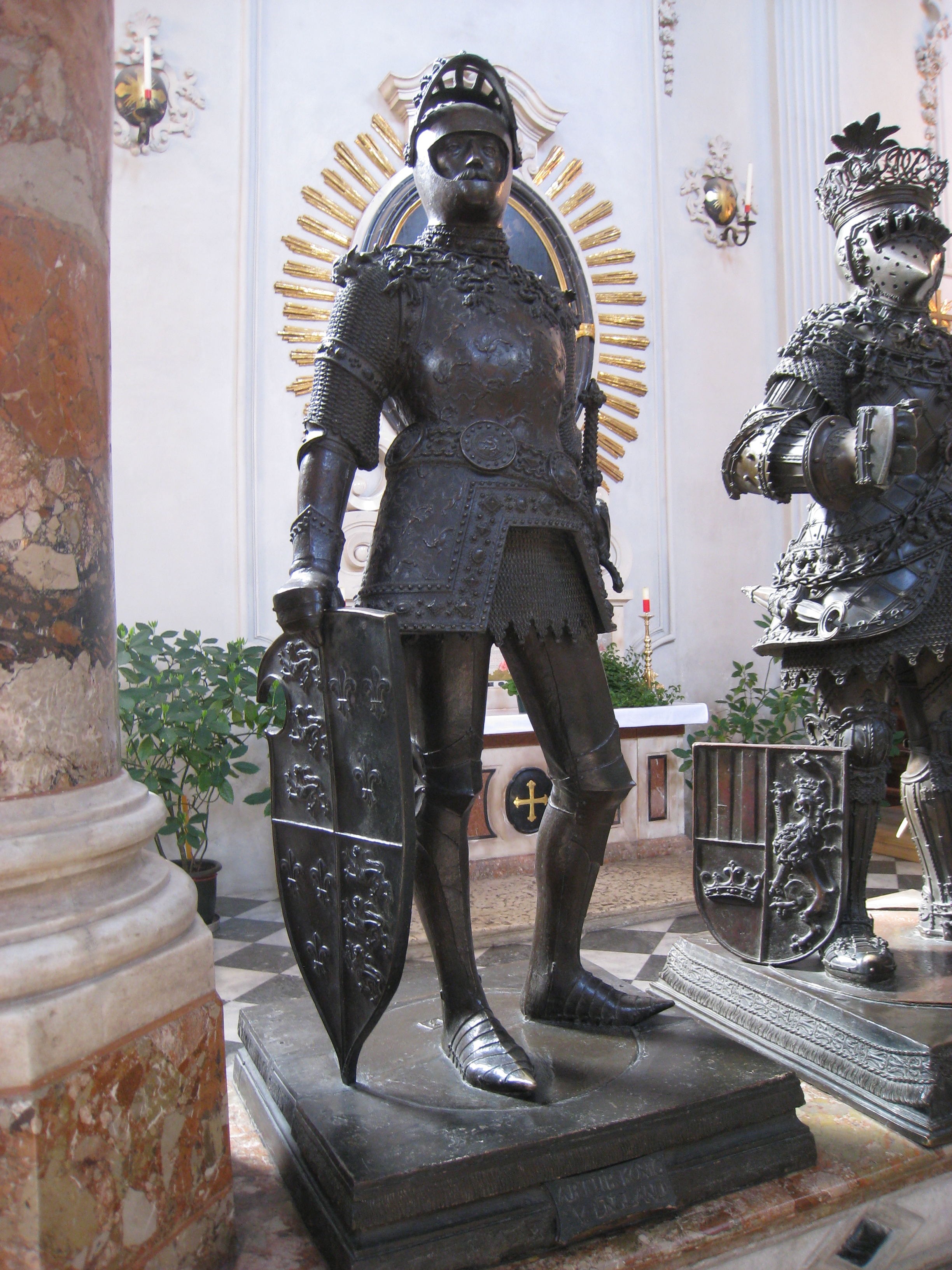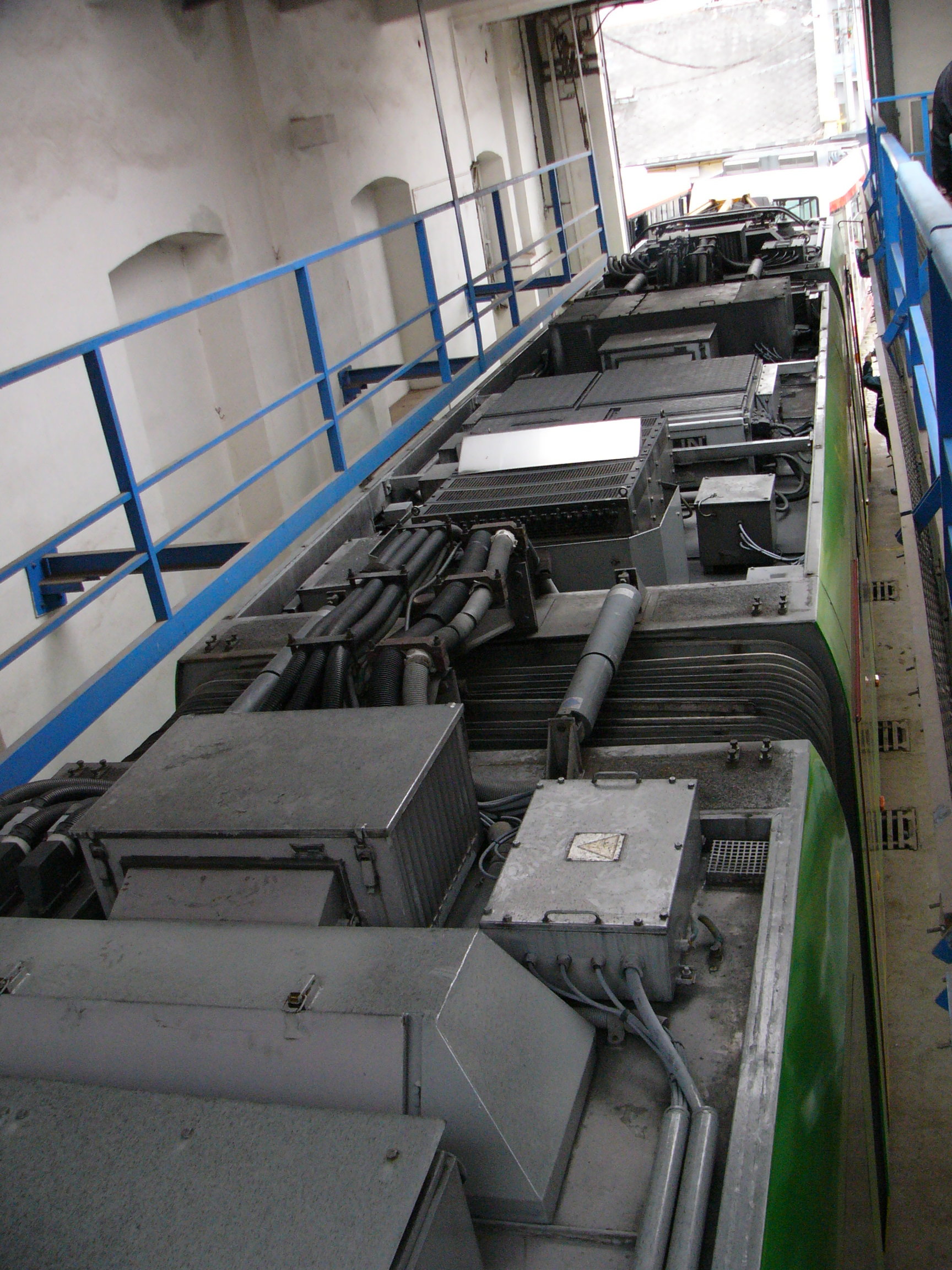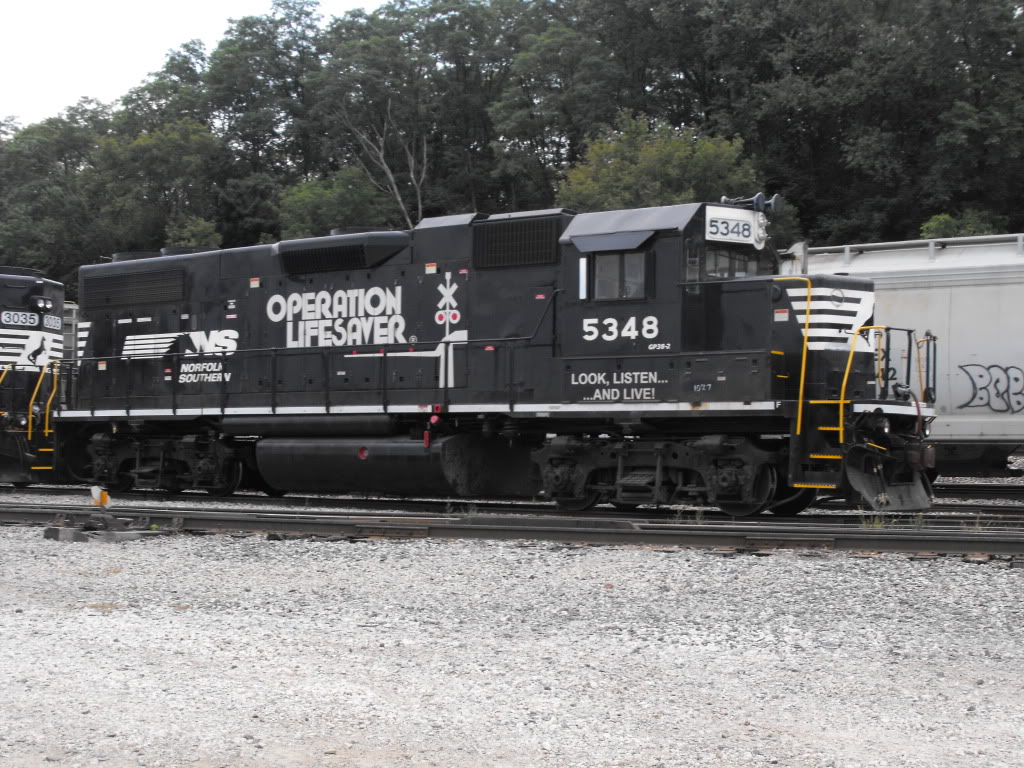|
British Rail Class 466
The British Rail Class 466 ''Networker (train), Networker'' are electric multiple unit passenger trains that were built by Metro-Cammell between 1993 and 1994. The units are currently operated by Southeastern (train operating company), Southeastern. Description The Class 466 EMUs were built between 1993 and 1994 by Metro-Cammell in Washwood Heath, for the Network SouthEast sector of British Rail. As part of the privatisation of British Rail, all were sold to Angel Trains. They were operated by Network SouthEast until 1996, and then by Connex South Eastern until 2003, South Eastern Trains until 2006 and Southeastern (train operating company), Southeastern to the present day. Each of these units is formed of two coaches that have dimensions of and a top speed of . Due to the units non-compliance with modern accessibility standards, since 1 January 2021 Class 466 units can only operate in multiple with British Rail Class 465, Class 465s, providing 6-car or 10-car suburban servi ... [...More Info...] [...Related Items...] OR: [Wikipedia] [Google] [Baidu] |
Southeastern (train Operating Company)
SE Trains Limited, Trade name, trading as Southeastern, is a British train operating company owned by DfT Operator for the Department for Transport, that took over operating the South Eastern franchise in South East England from privately owned Southeastern (train operating company 2006–2021), London & South Eastern Railway (which also traded as Southeastern) on 17 October 2021. History In September 2021 the Department for Transport (DfT) announced it would be terminating the South Eastern franchise then operated by the Govia-owned Southeastern (train operating company 2006–2021), Southeastern after revenue declaration discrepancies involving £25million of public money were discovered. On 17 October 2021, an operator of last resort (OLR), SE Trains Limited, took over operations under the Southeastern brand; at the time, the DfT stated the OLR would manage the franchise for a six-year period, the end-date being set as 17 October 2027. Southeastern has been one of several ... [...More Info...] [...Related Items...] OR: [Wikipedia] [Google] [Baidu] |
Gate Turn-off Thyristor
A gate turn-off thyristor (GTO) is a type of high-power (e.g. 1200 V AC) thyristor that unlike a normal thyristor is fully controllable and can be turned On and Off by their gate lead. It was invented by General Electric. Device description Normal thyristors ( silicon-controlled rectifiers) are not fully controllable switches (a fully controllable switch can be turned on and off at will). Thyristors can only be turned on using the gate lead, but cannot be turned off using the gate lead. Thyristors are switched on by a gate signal, but even after the gate signal is de-asserted (removed, reverse biased), the thyristor remains in the on state until a turn-off condition occurs (which can be the application of a reverse voltage to the terminals or a decrease of the forward current below a certain threshold value known as the ''holding current''). Thus, a thyristor behaves like a normal semiconductor diode after it is turned on, or ''fired''. The GTO can be turned on by a ... [...More Info...] [...Related Items...] OR: [Wikipedia] [Google] [Baidu] |
466022 New Southeastern Livery
__NOTOC__ Year 466 ( CDLXVI) was a common year starting on Saturday of the Julian calendar. At the time, it was known as the Year of the Consulship of Leo and Tatianus (or, less frequently, year 1219 ''Ab urbe condita''). The denomination 466 for this year has been used since the early medieval period, when the Anno Domini calendar era became the prevalent method in Europe for naming years. Events By place Roman Empire * Emperor Leo I repels the Hun invasion of Dacia (modern Romania). They ravage the Balkans but are unable to take Constantinople thanks to the city walls, which are rebuilt and reinforced. * Tarasicodissa, an Isaurian officer, comes with evidence that Ardabur (''magister militum'') is forming a conspiracy against Leo I. Ardabur is arrested for treason. * Tarasicodissa adopts the Greek name of Zeno and marries Ariadne, eldest daughter of Leo I (approximate date). Europe * King Theodoric II is killed by his younger brother Euric, who succeeds him ... [...More Info...] [...Related Items...] OR: [Wikipedia] [Google] [Baidu] |
Privatisation Of British Rail
The privatisation of British Rail was the process by which ownership and operation of the Rail transport in Great Britain, railways of Great Britain passed from government control into private hands. Begun in 1994, the process was largely completed by 1997. The deregulation of the industry was in part motivated by the enactment of EU Directive 91/440 in 1991, which aimed to create a more efficient railway network by creating greater competition. British Railways (BR) had been in state ownership since 1948, under the control of the British Railways Board (BRB). Under the Conservative Party (UK), Conservative government of Margaret Thatcher elected in 1979, various state-owned businesses were gradually sold off, including various auxiliary and supporting functions related to the railways – Sealink ferries and British Transport Hotels by 1984, Travellers Fare catering by 1988 and British Rail Engineering Limited (train manufacturing) by 1989. It was under Thatcher's successor Jo ... [...More Info...] [...Related Items...] OR: [Wikipedia] [Google] [Baidu] |
British Rail
British Railways (BR), which from 1965 traded as British Rail, was a state-owned company that operated most rail transport in Great Britain from 1948 to 1997. Originally a trading brand of the Railway Executive of the British Transport Commission, it became an independent statutory corporation in January 1963, when it was formally renamed the British Railways Board. British Railways was formed on 1 January 1948 as a result of the Transport Act 1947, which nationalised the Big Four British railway companies along with some other (but not all) smaller railways. Profitability of the railways became a pressing concern during the 1950s, leading to multiple efforts to bolster performance, including some line closures. The 1955 Modernisation Plan formally directed a process of dieselisation and electrification to take place; accordingly, steam locomotives had been entirely replaced by diesel and electric traction (except for the narrow-gauge Vale of Rheidol Railway tourist lin ... [...More Info...] [...Related Items...] OR: [Wikipedia] [Google] [Baidu] |
Electric Multiple Unit
An electric multiple unit or EMU is a multiple-unit train consisting of self-propelled carriages using electricity as the motive power. An EMU requires no separate locomotive, as electric traction motors are incorporated within one or a number of the carriages. An EMU is usually formed of two or more semi-permanently coupled carriages. However, electrically powered single-unit railcars are also generally classed as EMUs. The vast majority of EMUs are passenger trains but versions also exist for carrying mail. EMUs are popular on intercity, commuter, and suburban rail networks around the world due to their fast acceleration and pollution-free operation, and are used on most rapid-transit systems. Being quieter than diesel multiple units (DMUs) and locomotive-hauled trains, EMUs can operate later at night and more frequently without disturbing nearby residents. In addition, tunnel design for EMU trains is simpler as no provision is needed for exhausting fumes, although retrofitting ... [...More Info...] [...Related Items...] OR: [Wikipedia] [Google] [Baidu] |
Tightlock Coupling
Type H Tightlock couplers are a variety of Janney coupler, typically used on North American mainline passenger rail cars. They have mechanical features that reduce slack in normal operation and prevent telescoping in derailments, yet remain compatible with other Janney types used by North American freight railroads. Like all Janney couplers, the Tightlock is "semi-automatic". The couplers automatically lock when cars are pushed together, but workers must go between cars to hook up the air lines for the pneumatic brakes and connect cables for head-end power and other communications. To separate cars, a worker must use a lever to move the locking pin that keeps the coupler closed. In Europe, some operators experimented with making fully automatic tightlock couplers by adding integral pneumatic and electric connectors, but these connections proved unreliable, and most have switched to the more common fully automatic Scharfenberg coupler. Janney Type H Tightlock coupler stand ... [...More Info...] [...Related Items...] OR: [Wikipedia] [Google] [Baidu] |
Train Protection & Warning System
The Train Protection & Warning System (TPWS) is a train protection system used throughout the British passenger main-line railway network, and in Victoria, Australia. According to the UK Rail Safety and Standards Board, the purpose of TPWS is to stop a train by automatically initiating a brake demand, where TPWS track equipment is fitted, if the train has: passed a signal at danger without authority; approached a signal at danger too fast; approached a reduction in permissible speed too fast; approached buffer stops too fast. TPWS is not designed to prevent signals passed at danger (SPADs) but to mitigate the consequences of a SPAD, by preventing a train that has had a SPAD from reaching a conflict point after the signal. A standard installation consists of an on-track transmitter adjacent to a signal, activated when the signal is at danger. A train that passes the signal will have its emergency brake activated. If the train is travelling at speed, this may be too late to stop ... [...More Info...] [...Related Items...] OR: [Wikipedia] [Google] [Baidu] |
Automatic Warning System
Automatic Warning System (AWS) is a railway safety system invented and predominantly used in the United Kingdom. It provides a train driver with an audible indication of whether the next Railway_signal, signal they are approaching is clear or at caution. Depending on the upcoming signal state, the AWS will either produce a 'horn' sound (as a warning indication), or a 'bell' sound (as a clear indication). If the train driver fails to acknowledge a warning indication, an emergency brake application is initiated by the AWS; if the driver correctly acknowledges the warning indication, by pressing an acknowledgement button, then a visual 'sunflower' is displayed to the driver, as a reminder of the warning. Principles of operation AWS is a system based on trains detecting magnetic fields. These magnetic fields are created by permanent magnets and electromagnets installed on the track. The polarity and sequence of magnetic fields detected by a train determine the type of indication ... [...More Info...] [...Related Items...] OR: [Wikipedia] [Google] [Baidu] |
Regenerative Brake
Regenerative braking is an energy recovery mechanism that slows down a moving vehicle or object by converting its kinetic energy or potential energy into a form that can be either used immediately or stored until needed. Typically, regenerative brakes work by driving an electric motor in reverse to recapture energy that would otherwise be lost as heat during braking, effectively turning the traction motor into a generator. Feeding power backwards through the system like this allows the energy harvested from deceleration to resupply an energy storage solution such as a battery or a capacitor. Once stored, this power can then be later used to aid forward propulsion. Because of the electrified vehicle architecture required for such a braking system, automotive regenerative brakes are most commonly found on hybrid and electric vehicles. This method contrasts with conventional braking systems, where excess kinetic energy is converted to unwanted and wasted heat due to friction ... [...More Info...] [...Related Items...] OR: [Wikipedia] [Google] [Baidu] |
Dynamic Braking
Dynamic braking is the use of an electric traction motor as a generator when slowing a vehicle such as an electric or diesel-electric locomotive. It is termed " rheostatic" if the generated electrical power is dissipated as heat in brake grid resistors, and " regenerative" if the power is returned to the supply line. Dynamic braking reduces wear on friction-based braking components, and regeneration lowers net energy consumption. Dynamic braking may also be used on railcars with multiple units, light rail vehicles, electric trams, trolleybuses, and electric and hybrid electric automobiles. Principle of operation Converting electrical energy to the mechanical energy of a rotating shaft (electric motor) is the inverse of converting the mechanical energy of a rotating shaft to electrical energy (electric generator). Both are accomplished through the interactions of armature windings with a (relatively) moving external magnetic field, with the armature connected to an electrical ... [...More Info...] [...Related Items...] OR: [Wikipedia] [Google] [Baidu] |
Disc Brake
A disc brake is a type of brake that uses the #Calipers, calipers to squeeze pairs of #Brake pads, pads against a disc (sometimes called a [brake] rotor) to create friction. There are two basic types of brake pad friction mechanisms: abrasive friction and adherent friction. This action slows the rotation of a shaft, such as a vehicle axle, either to reduce its rotational speed or to hold it stationary. The energy of motion is converted into heat, which must be dissipated to the environment. Hydraulic brakes, Hydraulically Actuator, actuated disc brakes are the most commonly used mechanical device for slowing motor vehicles. The principles of a disc brake apply to almost any rotating shaft. The components include the disc, master cylinder, and caliper, which contain at least one cylinder and two Brake pad, brake pads on both sides of the rotating disc. Design The development of disc-type brakes began in England in the 1890s. In 1902, the Lanchester Motor Company designed bra ... [...More Info...] [...Related Items...] OR: [Wikipedia] [Google] [Baidu] |









